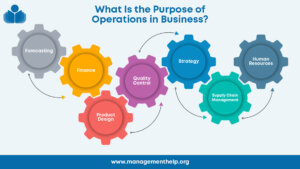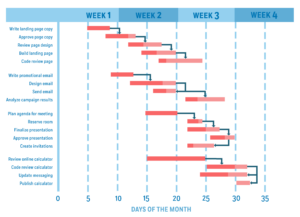Here is a familiar scenario for some of us who perform projects for customers: a request for some work comes in. We have (or know where to get) the capability, the skills the personnel. Having performed similar work before, we even have references. The catch? Geography. Either the customer, or key performer(s), or the project manager is in a different geographical location. And unfortunately, some stakeholder becomes entrenched in the position that everyone must be co-located. So the (questionable) travel/commuting commences in earnest.
Too many projects suffer from this excessive travel or commuting, when they could be leveraging Virtual Teaming tools and techniques. Too many checkpoint meetings; testing sessions; status meetings take place where the obsession that everyone must be present prevails. I find incredibly worrisome when some of these project resources, very often managers, brag about having back-to-back trips in which they take overnight, red-eye flights in order to make it to their next meeting. One would think that, rather than brag, the person would be embarrassed that poor planning, or automatically agreeing to this excessive travel, has left them in this position. So instead of automatically agreeing to all this costly, unproductive travel, next time suggest a concerted effort to incorporate more Virtual Team behaviors into your project:
1. Leverage Internet, IM virtual teaming tools
Where to begin, honestly! There are so many Instant Messenger, Videoconferencing, Web seminar tools available today. There are even free collaborative tools such as, for example, Google Docs, where multiple team members can be updating the same document at once and you don’t even have to fight the frustrating document ‘check-in/check-out’ of certain other document repositories.
2. Share information profusely with the project team
The more information team members have, the less they have to request it from others. Hopefully this will also lead them to decreased unproductive travel.
3. Promote project team as a ‘Select Club’
Give the project a name. Have a logo. Schedule invitation-only web seminars. All these things increase the pride of the project team in belonging to this ‘select club’. Rapport and trust among team members increases and they tend to watch out more for one another, again, decreasing needless travel and commuting.
4. Don’t let them disappear
During conference calls, present the achievements of all, even if they are not attending. Especially achievements of team members in other countries. This reinforces continuity and cohesion among the project team, so communication becomes more natural and not a big deal.
5. Develop a culture of keeping commitments
Agree with your team the ground rule that, if we make a commitment, we keep that commitment. This is the best way of fostering trust. When individuals and organizations trust each other, transactions are automatic and cheap. It is when there is no trust that we start needing all the cumbersome documents, caveats, contracts and, oh yes… the excessive travel.
—————————
For more resources, see the Library topic Project Management.
—————————
 Sections of this topic
Sections of this topic













